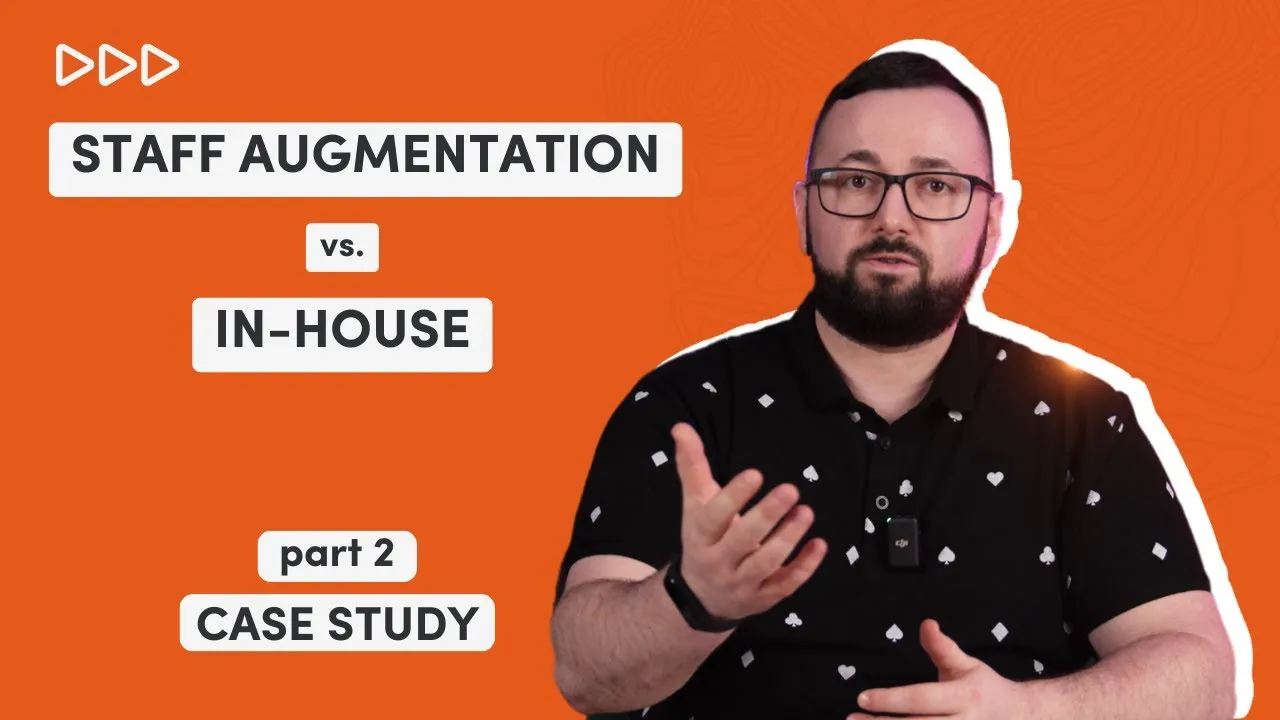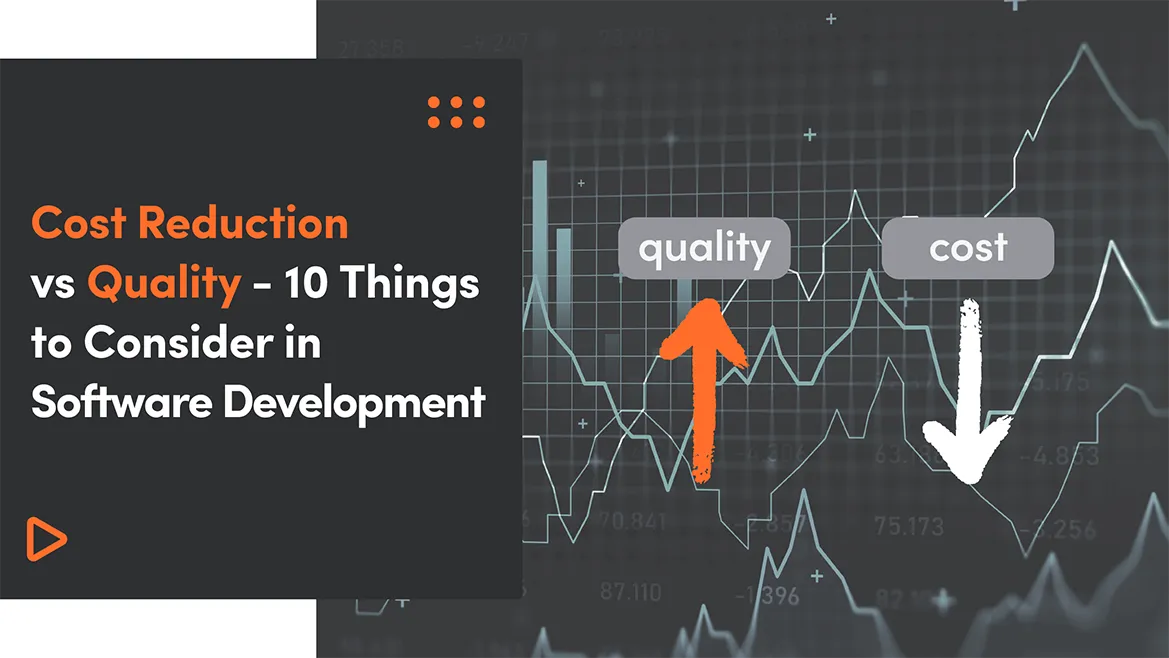How To Choose The Best Software Development Company
Apr 29, 2024 ・12 min read

American businesses are often turning to outsourcing as a strategic approach to software development. Why is this happening? Mostly due to the costs of a developer! Click to an article for more information

In this video, we present a case study showcasing the price differences. We compared an in-house SDH in Stockholm vs a Staff augmentation agency in Poland. The numbers are based on our existing customer for a regular software engineer.

The need for quality software is a must! However, ensuring the quality of software products comes with a higher cost. Do you know how to compromise them both?

See what we can create for You